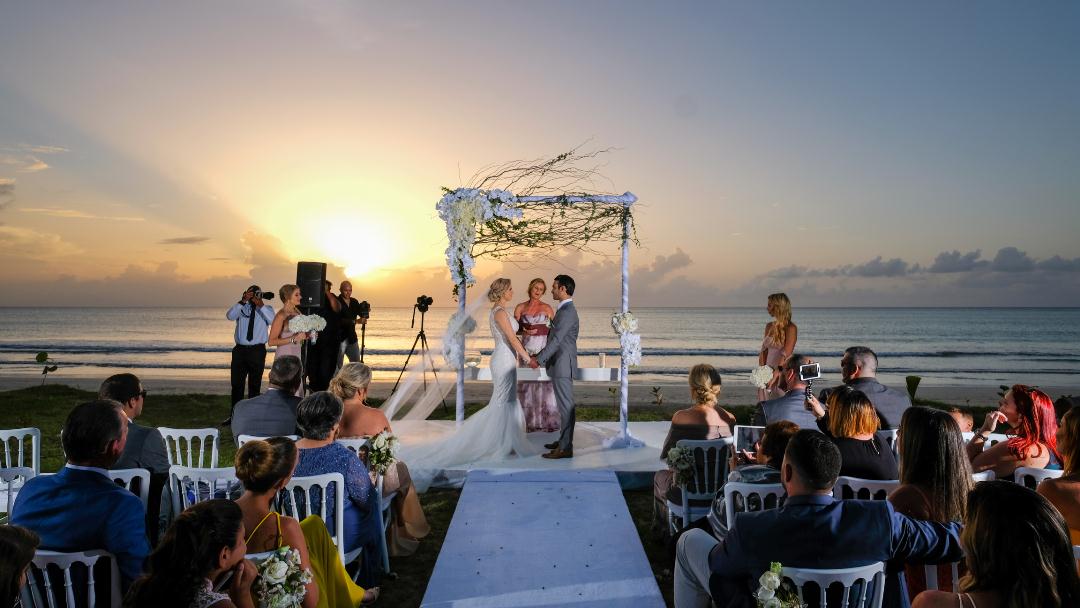How to Start Your Photography Journey Without Breaking the Bank
Starting your journey into photography can feel both exciting and overwhelming. The allure of capturing the world through your lens is compelling, but the price tag on high-end photography equipment can be daunting. Fortunately, you don’t need to empty your savings to get started. With some strategic decisions and a bit of creativity, you can begin your photography journey without breaking the bank. Here’s how.
Introduction
Photography is a powerful form of expression, allowing you to tell stories, capture memories, and see the world from new perspectives. However, many aspiring photographers hesitate to pursue their passion due to the perceived high costs associated with quality gear. The good news is that you don’t need the latest, most expensive equipment to take great photos. In this guide, we’ll explore practical ways to start your photography journey on a budget, from choosing affordable gear to learning the basics of photography.
1. Rent Photography Equipment Instead of Buying
One of the most significant expenses for a beginner photographer is the camera. While it’s tempting to buy a brand-new, top-of-the-line camera, this isn’t necessary when you’re just starting. Instead, consider the option to rent photography cameras and lenses.
Renting allows you to try different models and types of lenses without the commitment of a purchase. It’s a great way to familiarize yourself with what works best for your style before making a significant investment. Many rental services offer affordable rates, especially if you only need the equipment for a short period. This way, you can experiment with high-quality gear, perfect your skills, and save money.
2. Start with What You Have
Before rushing to rent or buy new equipment, assess what you already have. Many people underestimate the power of their smartphones or existing digital cameras. Modern smartphones come equipped with impressive cameras that can take high-quality photos. While they may not offer the same flexibility as a DSLR or mirrorless camera, they are perfect for learning the basics of composition, lighting, and framing.
Use your smartphone to practice taking photos in different settings and lighting conditions. Once you’ve mastered the basics, you’ll be in a better position to understand what you need in a dedicated camera.
3. Buy Used or Refurbished Equipment
If you decide to purchase a camera, consider buying used or refurbished equipment. Many photographers upgrade their gear regularly, which means there’s a thriving market for second-hand cameras and lenses. Buying used can save you hundreds of dollars, and if you shop carefully, you can find equipment in excellent condition.
Refurbished cameras are another great option. These are typically returned items that have been inspected, repaired, and certified to be in like-new condition. They often come with warranties, providing peace of mind at a lower cost.
When shopping for used or refurbished gear, make sure to buy from reputable sources, and if possible, test the equipment before purchasing.
4. Invest in Essential Accessories
While cameras and lenses are the most significant investments, don’t overlook the importance of essential accessories. A sturdy tripod, for example, can drastically improve your photography by providing stability, especially in low-light situations. Look for budget-friendly options or consider buying used.
Other affordable accessories include memory cards, a camera bag, and an extra battery. These items may seem trivial, but they can enhance your photography experience without costing a fortune.
5. Learn the Basics of Photography Online
One of the best investments you can make as a beginner photographer is in your education. Fortunately, there are countless free or low-cost resources available online to help you learn the fundamentals of photography. Websites, blogs, and YouTube channels offer tutorials on topics like composition, exposure, lighting, and post-processing.
Take advantage of these resources to build your skills. Understanding the technical aspects of photography will allow you to make the most of any camera, whether it’s a smartphone or a high-end DSLR. As you progress, you can explore more advanced techniques and software, often available at little to no cost.
6. Practice, Practice, Practice
Photography is an art that improves with practice. Don’t worry about having the perfect gear right away. Instead, focus on getting out there and taking photos as often as possible. Experiment with different subjects, lighting conditions, and techniques. The more you practice, the more you’ll understand what you enjoy shooting and what type of equipment will best suit your needs.
Join photography groups or communities online where you can share your work and receive constructive feedback. Engaging with other photographers will not only improve your skills but also provide motivation to continue learning and experimenting.
7. Start a Portfolio with Free or Low-Cost Tools
As you begin to build your photography skills, you’ll want to create a portfolio to showcase your work. Thankfully, you don’t need to spend a lot of money on this either. Many free or low-cost platforms allow you to create a professional-looking portfolio online. Look for website builders that offer free templates tailored for photographers.
Alternatively, you can start by sharing your work on social media platforms. This is a great way to get your photos in front of an audience and receive feedback. As you gain confidence and experience, you might choose to invest in a custom domain and premium portfolio services.
Conclusion
Starting your photography journey doesn’t have to be an expensive endeavor. By renting photography cameras, using what you already have, and taking advantage of free resources, you can develop your skills and passion for photography without breaking the bank. Remember, the best camera is the one you have with you, and the most important aspect of photography is the person behind the lens. So grab your camera—whether it’s a smartphone or a DSLR—get out there, and start capturing the world as you see it. Happy shooting!








